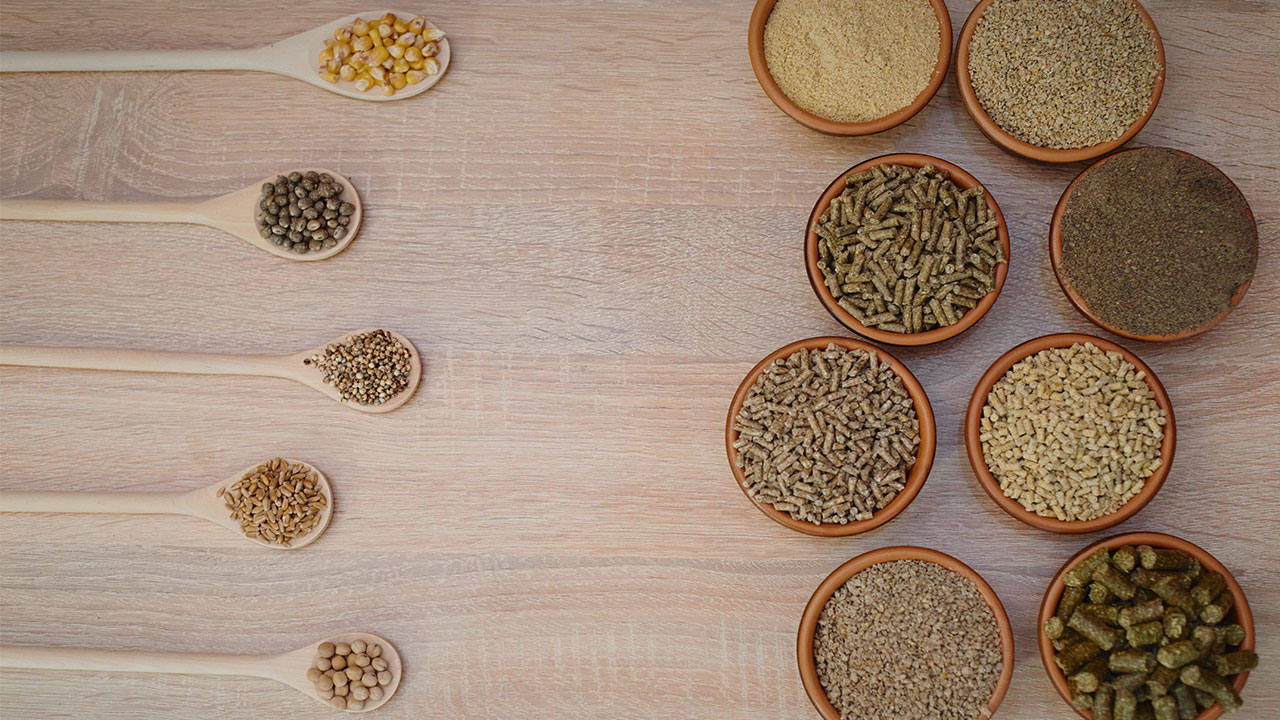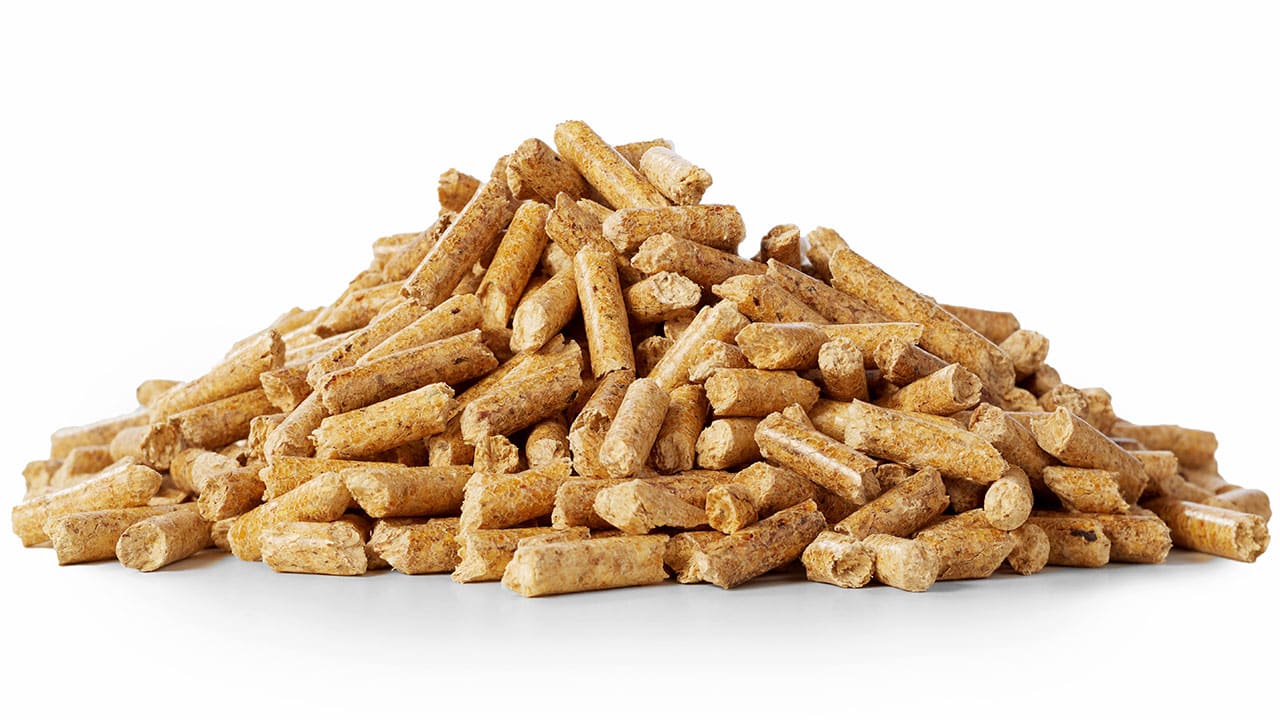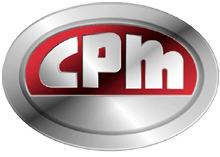So, how can a company like CPM work to meet our world’s demand for animal-based foods, while working toward increased sustainability?
At CPM, we’ve developed and embraced several initiatives that are helping to make animal feed production a more efficient and sustainable process than ever before.
Recycling Food Waste Into Animal Feed
One of the biggest ways CPM helps to build sustainability into the animal feed production process is through enabling the recycling of what would otherwise be waste products into animal feed.
As Arthur Vom Hofe, Business Segment Manager at CPM Industrial Solutions, explains, “Historically, a farmer would feed their animals leftovers that weren’t suitable for the farmer’s children to eat. Now, we’re applying that concept on a much larger scale.”
Recycling food waste, often referred to as “human food by-products” or “food residuals,” into animal feed follows this same principle on a global scale. Waste products from the production of human food are converted into nutritionally appropriate food for animals.
CPM and its equipment is involved in the recycling of food waste into animal feed in several ways but one of the most common is in oilseed processing.
“Our equipment is used in almost every step in oilseed extraction, and the processing of oilseed by-products into animal feed,” explained Scott Anderson, General Sales Manager for Feed & Industrial, CPM Industrial Solutions.
Oilseeds like soy, canola, sunflowers, palm kernels and more are typically farmed to be processed into oils for human consumption. The oil extraction process creates by-products — like soy meal, canola meal, sunflower meal and palm kernel meal.
Today, technology from across CPM’s global family of brands is essential in turning these by-products products into nutritious animal feed.
Our equipment and solutions are the industry-standard throughout the process, from engineering and providing complete oilseed extraction production lines; to providing equipment for cracking, flaking and grinding; to mixing and pelletizing the soy, canola, sunflower and other meals with other ingredients to make highly nutritious animal feed that can be easily transported and fed to livestock, poultry and fish.
The recycling of food waste into animal feed has other sustainability benefits: It keeps food waste out of landfills, reduces methane emissions and reduces the total amount of agricultural land needed to feed our planet.
Food-Waste to Animal-Feed Recycling Processes Enabled by CPM Equipment & Solutions
| By-product | Source |
| Spent Grains | Beer Production |
| Grape Pomace | Wine Production |
| Bakery Waste | Expired or Unsuitable Baked Goods |
| Oilseed Residue | Soy, Sunflower, Palm & Other Oil Production |
| Citrus Peels & Seeds | Orange Juice Production |
| Whey | Cheese making |
| Peanut Hulls & Skins | Peanut Butter Production |
| Sugar Beet Pulp | Sugar Production |
| Almond Hulls | Almond Production |
| Wheat Middlings & Shorts | Flour Production |
| Apple Pomace | Apple Juice & Cider Production |
| Rice Bran & Polishings | Rice Production |
| Meat, Bone & Feather Meal | Meat & Dairy Production |
More Efficient Animal Feed
There’s a term used in animal husbandry called “feed conversion ratio” (FCR), which essentially refers to how much food input it takes to make a pound of meat, dairy or other animal products. The more nutritious the feed is, the more efficient and sustainable the process becomes.
Scientists often point to cooking as a key process in human evolution. Our bodies can access much more nutritional value from a pound of baked bread than from a pound of uncooked raw wheat.
While animals have different nutritional needs than humans, the same broad principle applies. The proper processing of raw animal feed ingredients can make the nutrition in those ingredients more available to the animals and help them derive more growth from every pound of animal feed.
CPM provides a wide range of equipment and services that enable these processes. Our steam flakers are often used to process corn for animal feed at a precise time and temperature in order to significantly improve the nutritional value of the corn. Our pellet mills, roller mills, conditioners, and other equipment as well as our engineered processes and automation solutions all play a part in animal feed production processes that achieve a similar result.
One of the most striking results of these process improvements can be seen in the poultry industry. According to USDA and National Chicken Council data, in the 1920s, it took about 4.7 lbs of feed to produce 1 lb of boiled chicken. In 2022, it took just 1.77 lbs of feed to achieve the same amount of meat thanks in large part to advances in animal feed processing.
More Efficient Feed Production
CPM’s automation group plays an important role in helping to make animal feed production more efficient, using fewer resources to create more feed. Anderson gave a real-world example:
“When a typical hammermill is idling, it’s drawing around 200 amps of electricity. If it’s spinning empty, that’s wasted energy. So, our automation group makes sure that the hammermill’s energy is put to good use whenever it’s running, and sets up an alarm to notify the operator if the source bin ever becomes empty, or if the motor runs too long at idle.”
Similar processes are repeated throughout feed production facilities to make sure that every part of the process is performed efficiently and that wasted energy is kept to a minimum. Our CPM Automation Group has implemented these processes at animal feed production facilities around the globe.
Methane Capture
Methane is the second most abundant human-produced greenhouse gas after CO2, but is even more potent than CO2 at trapping heat in the atmosphere. Methane can be produced by oil and gas production, agriculture and waste processes.
In the United States, the EPA estimates that about 8% of methane production comes from manure, which is why capturing methane emissions from manure and turning them into biogas is an important sustainability goal.
That’s one reason why CPM is proud to be a part of several methane capture initiatives like Methaplanet. Methaplanet is a system that processes manure into energy pellets, which significantly increases the energy potential of the raw material. This makes methane capture and biogas generation a much more profitable option for agriculture.
This profitability drives increased adoption of methane capture systems, and reduces the amount of methane emissions from animal sources.
Toward More Sustainable Food Systems
At CPM, our mission is to feed, fuel and build a better world. A critical part of realizing that mission is to build sustainability into our food production systems at every opportunity we have.
If you’re looking to make your animal feed production processes more sustainable and efficient, please let us know. We’d be happy to help.




